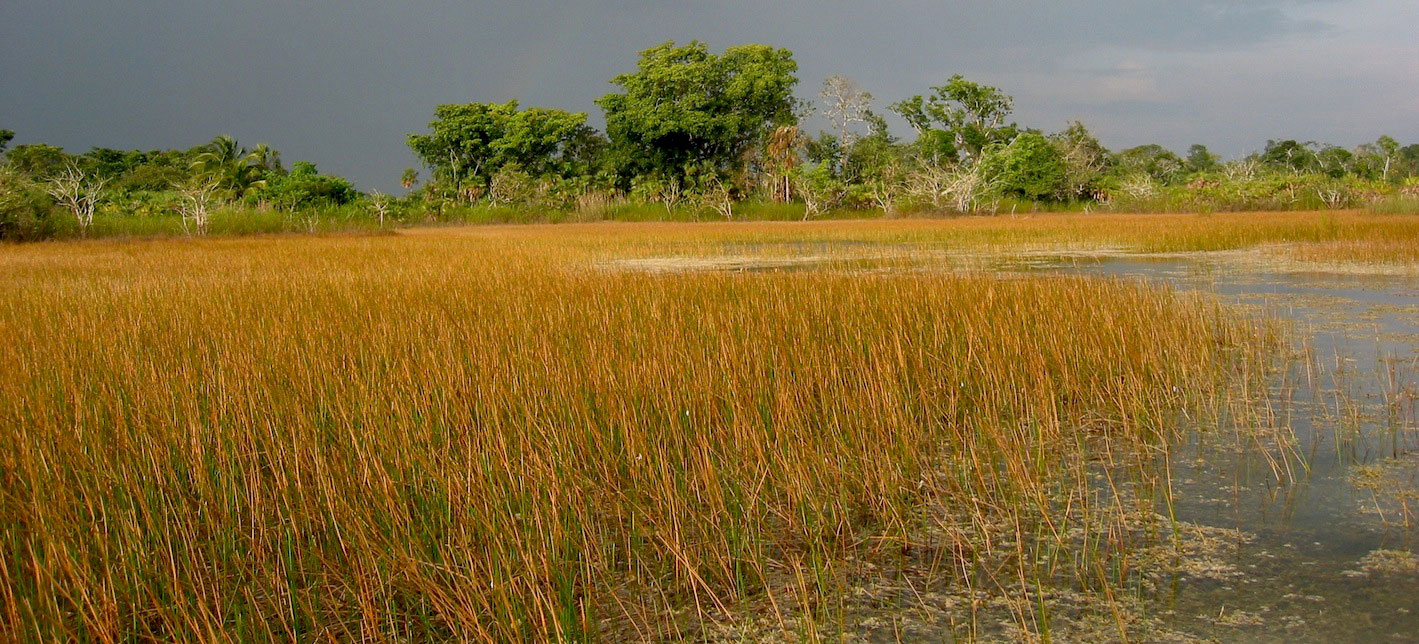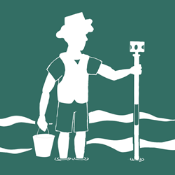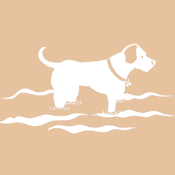People
Background
Sometime people misperceive science as an impersonal, lonely activity. In fact, science is very social; it is about people working together to achieve a greater good for society. Each person has space to play creatively with methods and ideas to figure out the mechanisms underlying natural law. The role of a professor is to create the vision for a research agenda and then engage a community of participants in the exploration of the ideas within that vision. Everyone goes through a process of learning basic skills essential to the scientific process associated with the vision, but then each person draws on their own uniqueness to produce novel scientific outcomes. Undergraduate students are extremely capable of creative scientific play leading to novel scientific contributions. Interaction among the cohort helps to refine everyone's work and then presentations and feedback outside the group at stakeholder meetings and scientific conferences further challenge the robustness until the quality of the product is strong enough to justify formal publication in a scientific peer reviewed journal. The web pages of current and former participants in the Pasternack lab illustrate the value of a team-based approach to science, even when individuals have a lot of latitude in their creative play.
Student Progress Assessment (SPA)
In recent years, UC Davis instituted a new, formal framework for graduate student performance assessment called Student Progress Assessment (SPA). This is done annually in spring quarter. SPA is a form of performance evaluation, and based on the content of what it involves, it fits more in the tradition of employee evaluation that in the form of student learning assessment.
I have serious, well-informed concerns about the SPA process. To share my viewpoint with other sin our community and beyond, I have written an essay on it,which is posted at this link: My Mentoring Experiences and My "Expert" Opinion About the UC Davis Student Progress Assessment process.











